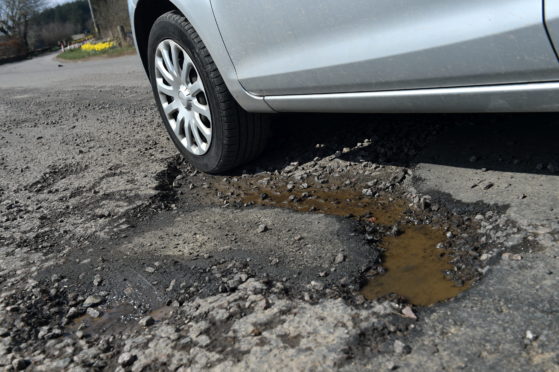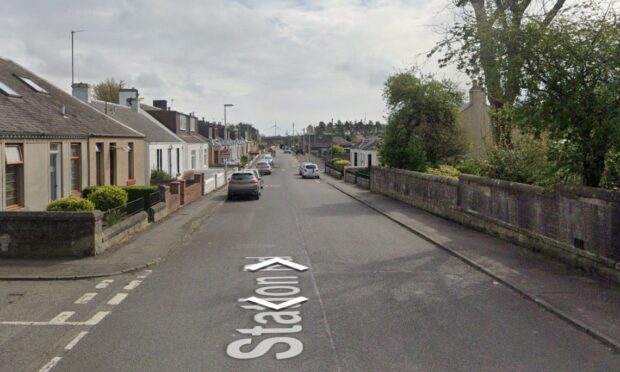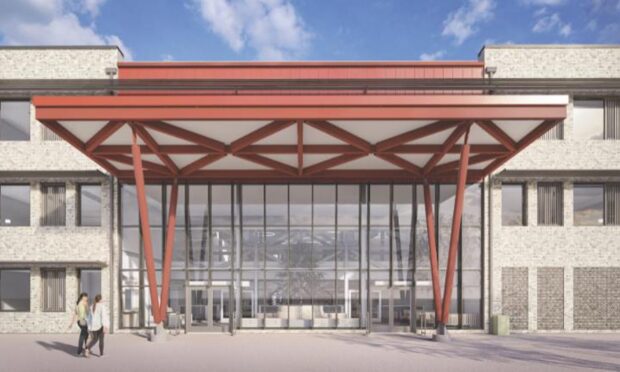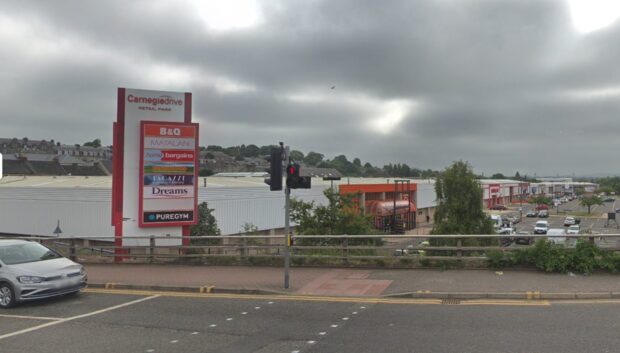As you may have read, council tax in Fife is going up in April by 4.84%.
The typical reaction I’ve encountered is: “That’s shocking, what do we even pay council tax for?”
Anything that hits people in the pocket generally evokes that kind of reaction but the majority of people would probably accept a hike in their council tax bills if they felt the £7.9 million or so extra being raised was being spent where it matters most.
People’s priorities will invariably be different but few would quibble if a bit of extra money goes to health and social care, or rubbish collection and disposal.
For me, there also really needs to be a renewed focus on the region’s roads – and a marked improvement in their condition.
Potholes are a perennial bugbear. Driving along some routes, particularly rural ones, is like negotiating a minefield, and hitting a particularly deep one can prove very costly.
There’s the financial price of having to shell out to fix vehicle suspension or tyres, but they are also costly in terms of the risk of accidents. Dangerous defects in the roadway don’t only just affect cars, cyclists are even more vulnerable if they hit a pothole or have to swerve to avoid one.
Filling potholes is one of those mundane tasks that don’t grab the headlines but it should be a source of worry that a new policy coming into force in April will see Fife Council adopt a “risk-based” approach to repairs.
Rather than treating all defects within one day or five days, as has been the policy to date, the council says the new approach will allow it to replace temporary repairs with more durable solutions.
Questions remain, namely who decides what constitutes a “risk”? And will potholes on lower priority routes have to be in far worse condition in future before they are considered worthy of attention?
Fife’s motorists will be quick to tell us if resources are being targeted properly.
But when you consider the cost of failing to keep roads maintained to a decent standard is high, to allow them to decay further is unacceptable.










